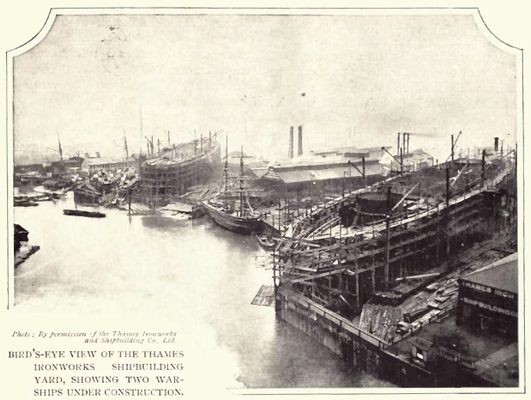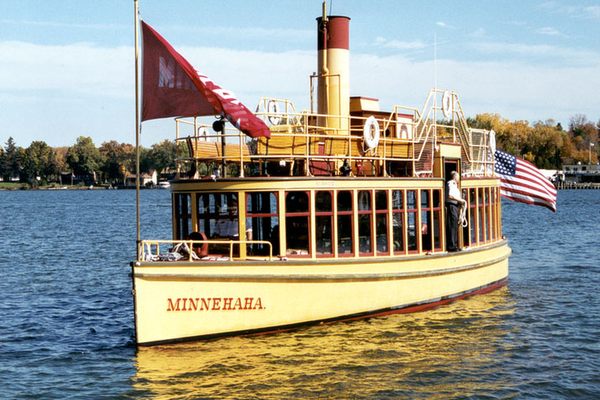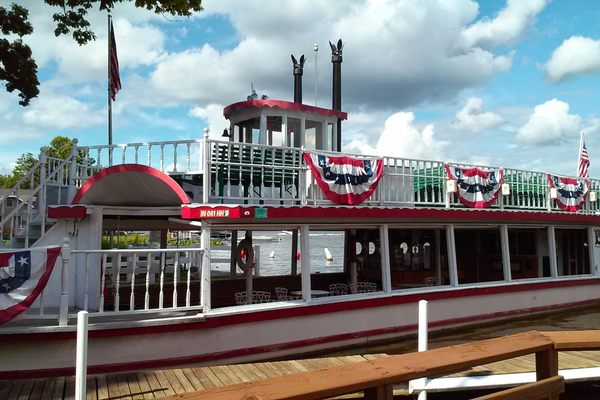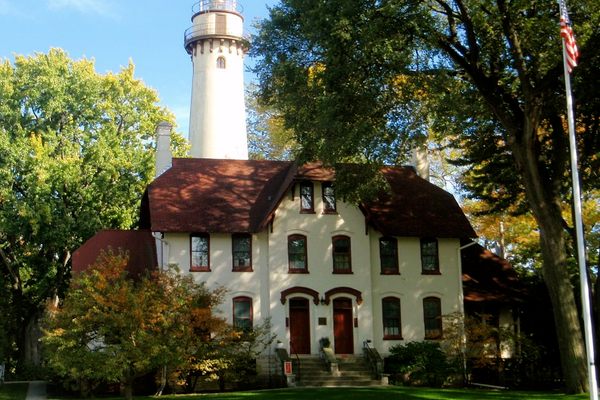About
In 1982, the steamship Yavari loitered sad and rusting in a forgotten corner of an overlooked port in Puno, Peru. It had undertaken a long, long journey just to sit and decay in such ignoble fashion. And it would have stayed that way, were it not for Meriel Larken.
Back in 1861, the Peruvian government ordered two small steamer gunboats for use on Lake Titicaca. The vessels were to serve as secure cargo and passenger boats on the frigid high-altitude lake. Peru, which is not a boat-building nation, commissioned the James Watt Foundry in Birmingham, England to build the two ships. The foundry then sub-contracted to the Thames Ironworks and Shipbuilding Company of West Ham, London to fulfill the order.
West Ham, of course, is an ocean away from Puno. Not only did the two small steamers have to cross the Atlantic and round Cape Horn, they also needed to cross the Andes from the port in Arica to Lake Titicaca, some 12,507 feet above sea level.
The builders elected to construct the two ships, named the Yavari and the Yapura, in kit, or "knock down," form. The snag: None of the 2,766 pieces could weigh more than 3.5-hundredweight, as that was the maximum carrying capacity of a mule. Oh, and there were two crankshafts to carry, too. All of which would have to traverse deserts, mountains, and the bitter altiplano before reaching Lake Titicaca.
The British engineers who traveled ahead to Puno hoped the pieces would arrive within six months to a year. But the outsiders were being highly optimistic. Earthquakes, revolts, unhappy porters, rumors of invasions, and general shenanigans ensured the first plates of the Yavari's hull were laid in Puno in 1869, almost seven years after the pieces first arrived in Peru. The Yavari was finally launched in 1870, followed by the Yapura (which had been renamed the BAP Puno) in 1873.
For 100 years, the Yavari worked to facilitate trade and connect communities across Lake Titicaca. At first, it measured 100 feet long and was powered by a 60-horsepower, llama dung-fueled two cylinder engine. When a British company took over the region’s trains and lake steamers, the Yavari’s hull was extended to increase cargo space. In 1914, the company replaced its steam engine with a Swedish Bolinder semi-diesel engine (which is now restored and is a collector’s piece in its own right).
Years later, in 1975, the British company was nationalized and the Yavari was handed off to the Peruvian Navy. Lacking funds and favoring the BAP Puno, the navy soon let the Yavari fall into a sad state of disuse and dereliction.
For years it sat alone, immobile and abandoned. But then a British woman named Meriel Larken found the vessel in Puno in 1982. Larken believed the Yavari may have been built by her great grandfather, Alfred Yarrow, at the Yarrow Shipyard. That, as it turned out, wasn’t the case. Still, Larken fell in love with the old ship. She commissioned a survey of the ship and discovered the iron hull was still in good condition, thanks to the fresh water and high altitude of Lake Titicaca.
In 1987, the Yavari Project was officially launched. The registered charity purchased the Yavari from the Peruvian Navy and an extensive restoration project began. Over the years, the Yavari was returned to its former glory and was painted in its original colors.
The ship was refloated in Puno Bay, where it lies today. It opened to visitors as a bed and breakfast while restoration continued. The Yavari finally underwent its "second maiden voyage" in 2015, taking once again to the cold waters of Lake Titicaca.
Related Tags
Know Before You Go
The Bed & Breakfast service and sailings are temporarily closed until July of 2018.
Peru: Machu Picchu & the Last Incan Bridges
Discover Inca Wonders.
Book NowPublished
December 29, 2017




























